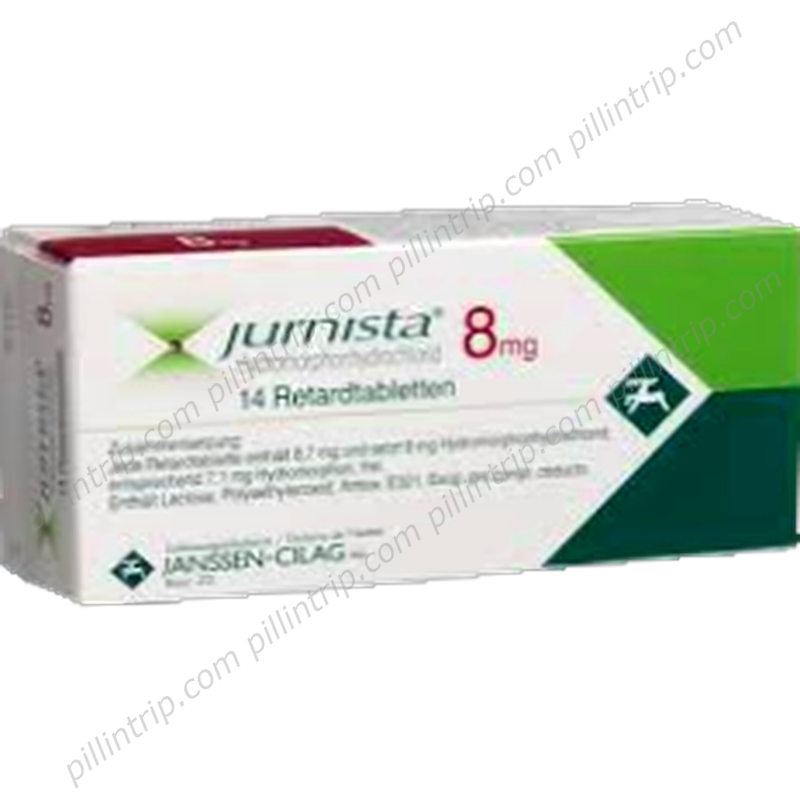Jurnista
Önemli bölümlere hızlı bağlantılar
Jurnista
Seçilen form
Medically reviewed
Last updated on 10/9/2025
Bu sayfa, resmi tıbbi kaynaklardan derlenen genel ve başvuru niteliğinde bilgiler sunar. Profesyonel tıbbi tavsiye, teşhis veya tedavinin yerine geçmez. Sağlıkınızla ilgili kararlar alırken lütfen nitelikli bir sağlık uzmanına danışın.
Jurnista hakkında genel bakış
Jurnista ile hangi yan etkiler görülebilir?
Aşırı doz ve acil müdahale
Jurnista’in terapötik kullanımları
Kullanım uygunluğu ve kısıtlamalar
Diğer ilaçlarla etkileşimler hakkında neler bilinmelidir?
Etki mekanizması
Dozaj ve uygulama bilgileri
Güncel klinik kanıtlar
Sıkça sorulan sorular (SSS)
Jurnista nasıl saklanmalı ve imha edilmelidir?
Dikkat! Her zaman hap veya ilaç kullanmadan önce doktorunuza veya eczacınıza danışın.
Jurnista eşdeğeri bulundu:
 Russia
Russia Mexico
Mexico Colombia
Colombia Cyprus
Cyprus India
India Georgia
Georgia Lebanon
Lebanon Bosnia & Herzegowina
Bosnia & Herzegowina Israel
Israel USA
USA Argentina
Argentina Belgium
Belgium Norway
Norway Thailand
Thailand Indonesia
Indonesia South Korea
South Korea Bulgaria
Bulgaria Malasia
Malasia Finland
Finland Bangladesh
Bangladesh China
China Ukraine
Ukraine Vietnam
Vietnam Spain
Spain United Kingdom
United Kingdom Costa Rica
Costa Rica Tunisia
Tunisia Greece
Greece Sweden
Sweden Macedonia
Macedonia Hong Kong
Hong Kong Japan
Japan Kenya
Kenya Oman
Oman Belize
Belize Poland
Poland Egypt
Egypt Taiwan
Taiwan Austria
Austria France
France Venezuela
Venezuela Malta
Malta Ecuador
Ecuador Netherlands
Netherlands Australia
Australia Chile
Chile Latvia
Latvia Trinidad & Tobago
Trinidad & Tobago Bahrain
Bahrain Peru
Peru New Zealand
New Zealand Slovakia
Slovakia Myanmar
Myanmar Pakistan
Pakistan Croatia (Hrvatska)
Croatia (Hrvatska) Estonia
Estonia Romania
Romania Slovenia
Slovenia
